Description
COZAAR 50MG TABLET
Description :
LOSARTAN POTASSIUM (COZAAR), the first of a new class of agents for the treatment of hypertension, is an angiotensin II receptor (type AT1) antagonist. LOSARTAN POTASSIUM (COZAAR) also provides a reduction in the combined risk of cardiovascular death, stroke, and myocardial infarction in hypertensive patients with left ventricular hypertrophy and renal protection for type 2 diabetic patients with proteinuria.
Losartan potassium, a non-peptide molecule, is chemically described as 2-butyl-4-chloro-1-[[2′-(1H-tetrazol-5-yl)[1,1′-biphenyl]-4-yl]methyl]-1H-imidazole-5-methanol monopotassium salt.
Its empirical formula is C22H22ClKN6O.
Losartan potassium is a white to off-white free-flowing crystalline powder with a molecular weight of 461.01. It is freely soluble in water, soluble in alcohols, and slightly soluble in common organic solvents, such as acetonitrile and methyl ethyl ketone.
Oxidation of the 5-hydroxymethyl group on the imidazole ring results in the active metabolite of losartan
Indications / Uses :
Hypertension: LOSARTAN POTASSIUM (COZAAR) is indicated for the treatment of hypertension.
Reduction in the Risk of Cardiovascular Morbidity and Mortality in Hypertensive Patients with Left Ventricular Hypertrophy: LOSARTAN POTASSIUM (COZAAR) is indicated to reduce the risk of cardiovascular morbidity and mortality as measured by the combined incidence of cardiovascular death, stroke, and myocardial infarction in hypertensive patients with left ventricular hypertrophy (see Race under Precautions).
Renal Protection in Type 2 Diabetic Patients with Proteinuria: LOSARTAN POTASSIUM (COZAAR) is indicated to delay the progression of renal disease as measured by a reduction in the combined incidence of doubling of serum creatinine, end stage renal disease (need for dialysis or renal transplantation) or death; and to reduce proteinuria.
Administration :
May be taken with or without food.
Contraindications :
LOSARTAN POTASSIUM (COZAAR) is contraindicated in patients who are hypersensitive to any component of this product.
LOSARTAN POTASSIUM (COZAAR) should not be administered with aliskiren in patients with diabetes (see Interactions).
Special Precautions : Fetal Toxicity: Use of drugs that act on the renin-angiotensin system during the second and third trimesters of pregnancy reduces fetal renal function and increases fetal and neonatal morbidity and death. Resulting oligohydramnios can be associated with fetal lung hypoplasia and skeletal deformations. Potential neonatal adverse effects include skull hypoplasia, anuria, hypotension, renal failure, and death. When pregnancy is detected, discontinue LOSARTAN POTASSIUM (COZAAR) as soon as possible (see Use in Pregnancy & Lactation).
Hypersensitivity: Angioedema (see Adverse Reactions).
Hypotension and Electrolyte/Fluid Imbalance: In patients who are intravascularly volume-depleted (e.g., those treated with high-dose diuretics), symptomatic hypotension may occur. These conditions should be corrected prior to administration of LOSARTAN POTASSIUM (COZAAR), or a lower starting dose should be used (see Dosage & Administration).
Electrolyte imbalances are common in patients with renal impairment, with or without diabetes, and should be addressed. In a clinical study conducted in type 2 diabetic patients with proteinuria, the incidence of hyperkalemia was higher in the group treated with LOSARTAN POTASSIUM (COZAAR) as compared to the placebo group; however, few patients discontinued therapy due to hyperkalemia (see Adverse Reactions).
Liver Function Impairment: Based on pharmacokinetic data which demonstrate significantly increased plasma concentrations of losartan in cirrhotic patients, a lower dose should be considered for patients with a history of hepatic impairment (see Pharmacology: Pharmacokinetics under Actions and Dosage & Administration).
Renal Function Impairment: As a consequence of inhibiting the renin-angiotensin system, changes in renal function including renal failure have been reported in susceptible individuals; these changes in renal function may be reversible upon discontinuation of therapy.
Other drugs that affect the renin-angiotensin system may increase blood urea and serum creatinine in patients with bilateral renal artery stenosis or stenosis of the artery to a solitary kidney. Similar effects have been reported with LOSARTAN POTASSIUM (COZAAR); these changes in renal function may be reversible upon discontinuation of therapy.
Race: Based on the LIFE (Losartan Intervention For Endpoint reduction in hypertension) study, the benefits of LOSARTAN POTASSIUM (COZAAR) on cardiovascular morbidity and mortality compared to atenolol do not apply to Black patients with hypertension and left ventricular hypertrophy although both treatment regimens effectively lowered blood pressure in Black patients. In the overall LIFE study population (n=9193), treatment with LOSARTAN POTASSIUM (COZAAR) resulted in a 13.0% risk reduction (p=0.021) as compared to atenolol for patients reaching the primary composite endpoint of the combined incidence of cardiovascular death, stroke, and myocardial infarction. In this study, LOSARTAN POTASSIUM (COZAAR) decreased the risk of cardiovascular morbidity and mortality compared to atenolol in non-Black, hypertensive patients with left ventricular hypertrophy (n=8660) as measured by the primary endpoint of the combined incidence of cardiovascular death, stroke, and myocardial infarction (p=0.003). In this study, however, Black patients treated with atenolol were at lower risk of experiencing the primary composite endpoint compared with Black patients treated with LOSARTAN POTASSIUM (COZAAR) (p=0.03). In the subgroup of Black patients (n=533; 6% of the LIFE study patients), there were 29 primary endpoints among 263 patients on atenolol (11%, 25.9 per 1000 patient-years) and 46 primary endpoints among 270 patients (17%, 41.8 per 1000 patient-years) on LOSARTAN POTASSIUM (COZAAR).
Use in Children: Neonates with a history of in utero exposure to LOSARTAN POTASSIUM (COZAAR): If oliguria or hypotension occur, direct attention toward support of blood pressure and renal perfusion. Exchange transfusions or dialysis may be required as a means of reversing hypotension and/or substituting for disordered renal function.
Antihypertensive effects of LOSARTAN POTASSIUM (COZAAR) have been established in hypertensive pediatric patients aged >1 month to 16 years. Use of COZAAR in these age groups is supported by evidence from adequate and well-controlled studies of LOSARTAN POTASSIUM (COZAAR) in pediatric and adult patients as well as by literature in pediatric patients.
The pharmacokinetics of losartan have been investigated in 50 hypertensive pediatric patients >1 month to <16 years of age following once daily oral administration of approximately 0.54 to 0.77 mg/kg of losartan (mean doses). The active metabolite is formed from losartan in all age groups. Pharmacokinetics of losartan and its active metabolite are generally similar across the studied age groups and consistent with pharmacokinetic historic data in adults.
In a clinical study involving 177 hypertensive pediatric patients 6 to 16 years of age, patients who weighed =20 kg to <50 kg received either 2.5, 25 or 50 mg of losartan daily and patients who weighed =50 kg received either 5, 50 or 100 mg of losartan daily. Losartan administration once daily lowered trough blood pressure in a dose-dependent manner. The dose response to losartan was observed across all subgroups (e.g., age, Tanner stage, gender, race). However, the lowest doses studied, 2.5 mg and 5 mg, corresponding to an average daily dose of 0.07 mg/kg, did not appear to offer consistent antihypertensive efficacy. In this study, LOSARTAN POTASSIUM (COZAAR) was generally well tolerated.
For patients who can swallow tablets, the recommended dose is 25 mg once daily in patients =20 to <50 kg. The dose can be increased to a maximum of 50 mg once daily. In patients >50 kg, the starting dose is 50 mg once daily. The dose can be increased to a maximum of 100 mg once daily.
In pediatric patients who are intravascularly volume depleted, these conditions should be corrected prior to administration of LOSARTAN POTASSIUM (COZAAR).
The adverse experience profile for pediatric patients appears to be similar to that seen in adult patients.
LOSARTAN POTASSIUM (COZAAR) is not recommended in pediatric patients with glomerular filtration rate <30 mL/min/1.73 m2, in pediatric patients with hepatic impairment, or in neonates as no data are available.
Use in Elderly: In clinical studies there was no age-related difference in the efficacy or safety profile of losartan.

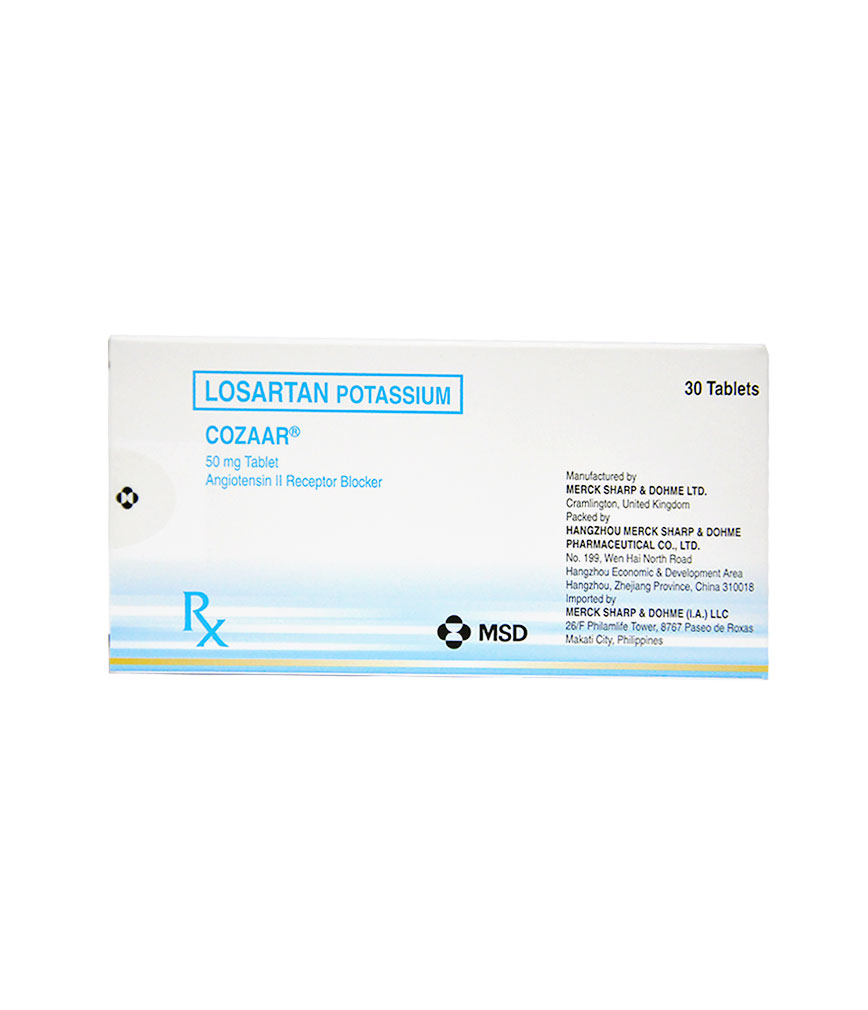

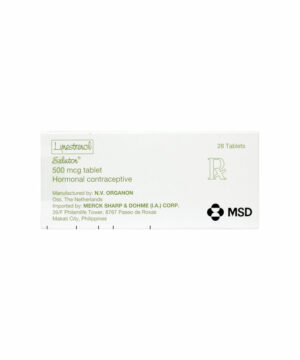



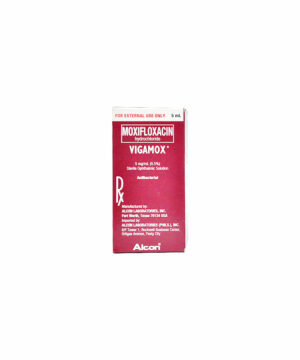
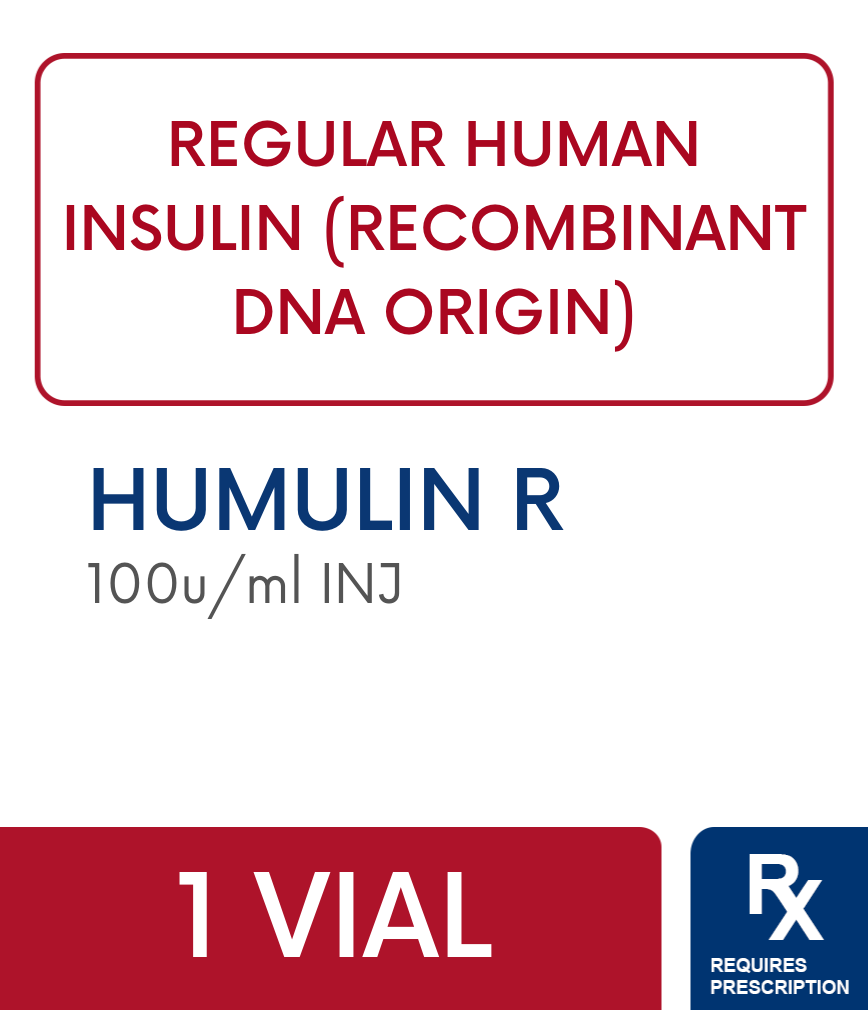
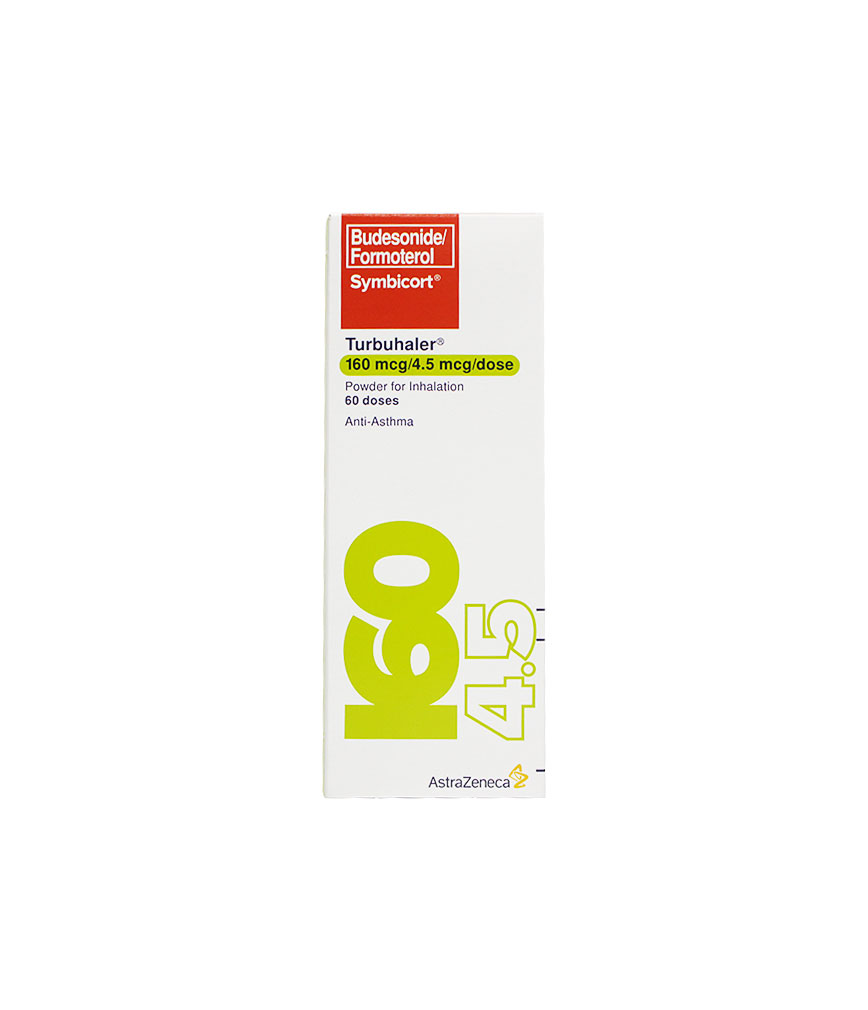



Reviews
There are no reviews yet.